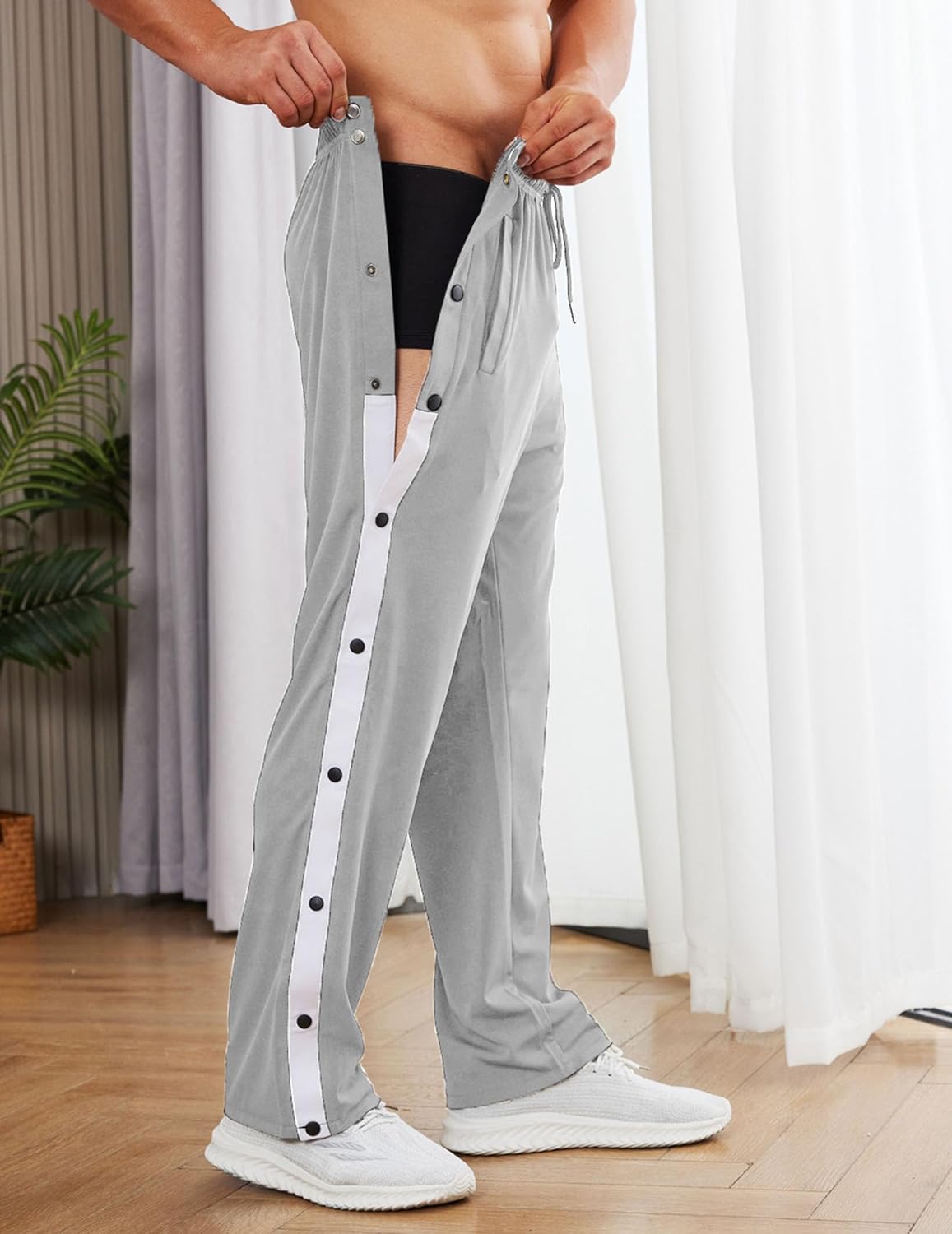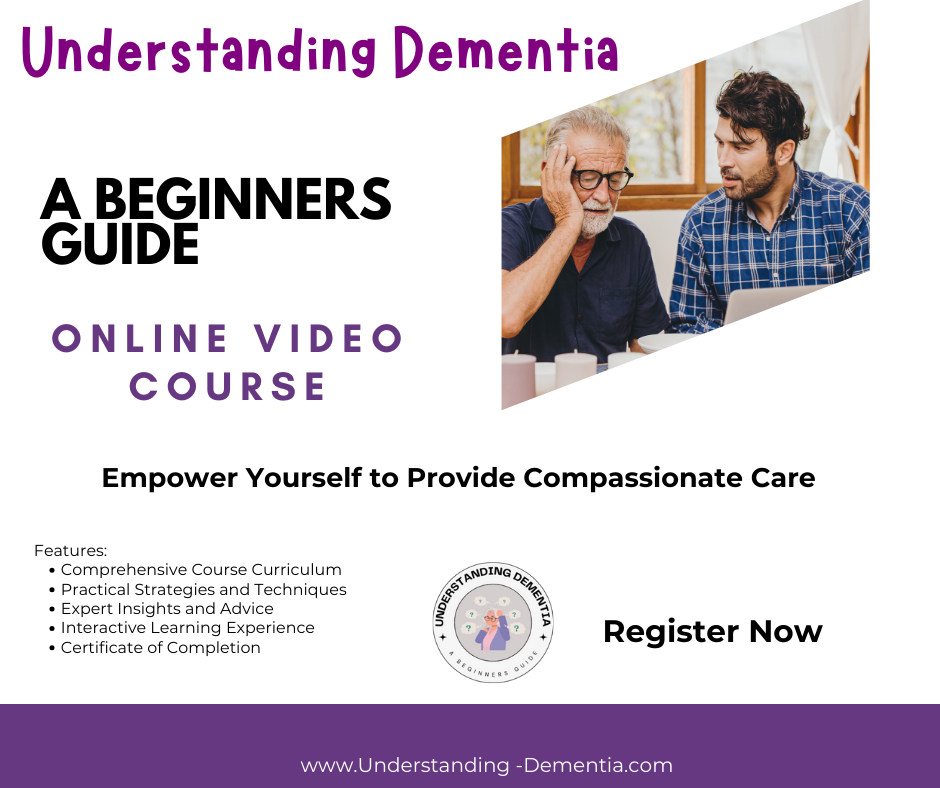ALZHEIMER’S DRESSING:
TIPS TO HELP IN YOUR HOME
Alzheimer’s dressing will become more difficult as the disease progresses. They will begin to have problems deciding what to wear. Try to minimize their choices to avoid anxiety. Thinning out the closet and drawers will make it easier for them.
Another tip is to try and keep their routine the same as long as possible. For example, if they like to get dressed after they eat breakfast, then stick to that routine.
At some point, they will forget how to dress. Remember, they have spent their entire lives bathing and dressing in private. Having someone help them will probably make them feel uncomfortable.
The longer they can dress themselves, the better. Not only does it help maintain their independence, but it also helps them maintain their mobility and strength.
Adding a chair with arms to the area they get dressed will allow them to sit while they get dressed and help provide them more balance throughout the process.

Alzheimer’s Dressing Assistance
Lying their clothes out for them can be very helpful. It works best if you lay the clothes out in the order they will put on. Many people do this the night before, always setting the clothes in the same place in the same order.
If you are at the point of needing to help them get dressed, you will need to start by giving them verbal cues to help them dress. Short, uncomplicated step-by-step instructions work best. Such as “put your foot in.” Only give one command at a time and wait until that task is complete before you move to the next one.

Be patient!
Alzheimer’s dressing becomes a slow process. The dressing time will take longer going forward. Plan for this extended time.
If you try to hurry them along, they will get frustrated. So always use a slow, calm approach and a slow pace. It may not be easy, but do not rush them. If you are trying to hurry them, they will become very anxious.
Anxiety can lead to challenging behaviors and start the day out on the wrong foot.

Try to continue with the clothing style they are used to. However, please be aware, They may refuse to change clothes. This is very common among people with Dementia.
Remember, Alzheimer’s is not just memory loss. They are losing their ability to reason. They can no longer make rational decisions, and clean or dirty doesn’t mean anything to them.
If this is a problem in your house, bath time is a good time to remove the old clothing from sight. But, of course, that is if you can get them to bathe.
You may also have to become very persuasive and creative with getting them to change clothes. For example, some caregivers will tell their loved ones they must get cleaned up because the preacher or one of their favorite people is coming over. Other caregivers have found having multiple of the same articles of clothing helpful. Such as 5 pairs of the same gray sweatpants and sweatshirts.
Some people are lucky if they can get their loved ones to change clothes weekly.

SIMPLIFY ALZHEIMER’S DRESSING
Their motor skills will decline. They will have problems with snaps, zippers, and buttons. Comfortable, simple clothing will be the easiest to manage when they reach the middle stage.
Sweat pants and button-down shirts are usually the easiest to get on and off. They now make shirts with magnetic buttons to help them continue to dress themselves. In the later stages, many patients do not like a shirt pulled over their heads. There are also clothes specifically designed for people with Dementia, wheelchair-bound, and bed-bound. This clothing makes it easier to provide toileting care.
Another thing to remember is that they will not be able to tell you if they are too hot or too cold at some point. Therefore, they may exhibit behaviors if they become too hot or cold and cannot comprehend the cause of their discomfort. Keep an eye out for signs of distress, such as pulling at their clothes or fidgeting. Adding a few layers of clothing is best, especially for a loved one who is frequently cold.

Find Tear-away pants on Amazon HERE
Dealing with a loved one who’s struggling with removing clothes or toileting in the wrong places can be really challenging. In situations like these, trying out a one-piece outfit might be a helpful solution. It can make things easier for both you and your loved one.

Find Onesie on Amazon HERE
Safe Shoes
Shoes that slip on and off are the easiest. However, they may begin to shuffle when they walk, and you may need to change shoe types. I prefer sneakers with Velcro straps. They are easy to get on and off, and the rubber soles help prevent their feet from sliding.

Find Velcro Shoes on Amazon HERE
It is essential to continue with a routine of getting dressed every day. However, some caregivers may leave them in their pajamas all day because they aren’t leaving the house, or it’s just easier. This can add to their confusion. Getting dressed helps orient them to morning, like putting pajamas on orients them to bedtime.
Don’t get upset if they decide to wear odd or mismatched clothing. You will learn that with Alzheimers dressing, it is much easier to go with the flow. Choose your battles wisely. If there isn’t a safety issue, how important is it really what they are wearing? The main goal is to get them up, dressed, and happy. Complimenting their appearance can help make them happy, so don’t forget to tell them how nice they look.

Hi, I'm Larea, I am a Registered Nurse specializing in Dementia Care, with 30 years of experience supporting dementia patients and their families. Over the years, I have provided care in diverse settings, including homes, hospitals, nursing homes, assisted living facilities, and hospice. My passion is guiding caregivers, sharing my knowledge and experience to help them navigate the challenges of dementia care with confidence and compassion.









0 Comments